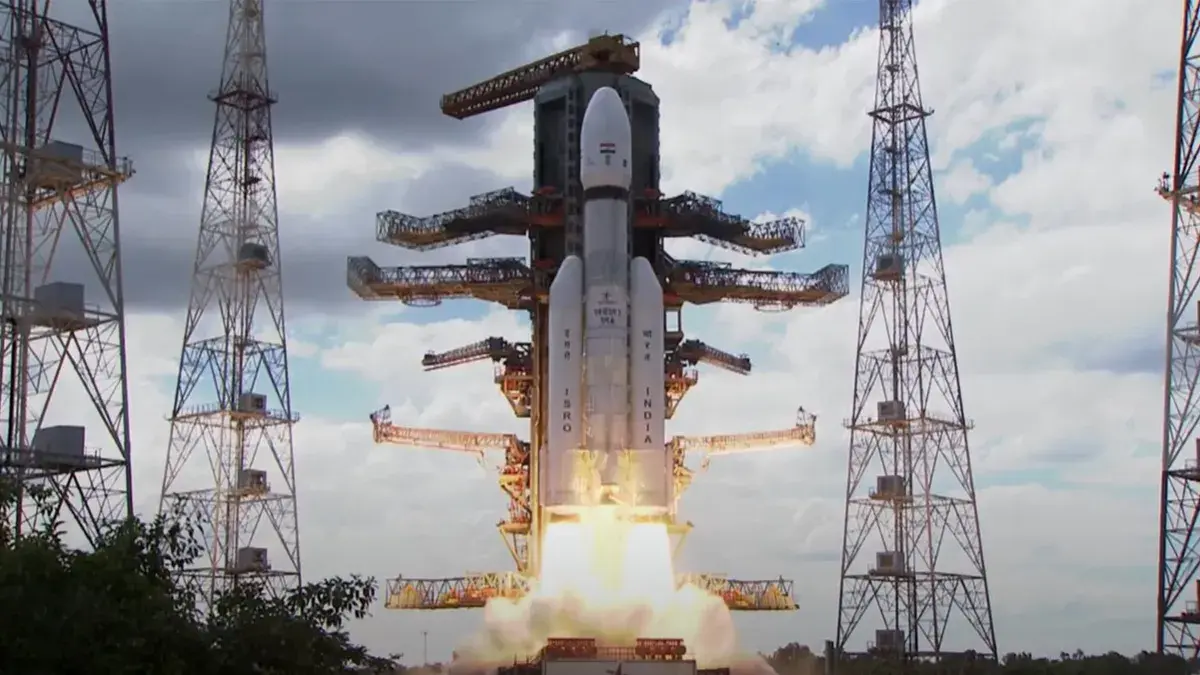The advent of real-time vehicle monitoring has marked a revolutionary change in the automotive industry. With the integration of advanced GPS tracking devices, businesses and consumers alike are experiencing enhanced operational efficiency, improved safety, and superior data-driven decision-making capabilities. This technology, while seemingly simple, is a powerful tool that offers real-time location tracking, route optimization, maintenance alerts, and insightful analytics that transform day-to-day vehicle management into a streamlined, precise, and cost-effective operation.
The Technology Behind Real-Time Monitoring
The Global Positioning System (GPS) is a network of satellites that provides location and time information in all weather conditions, anywhere on or near the Earth. A GPS tracking device in a vehicle communicates with these satellites to determine the vehicle’s exact location. The device then transmits this information via cellular or satellite networks to a server. The data, which includes location, speed, and direction, can be accessed by users through specialized software. This technology allows for real-time monitoring of vehicles, enabling immediate location tracking, route verification, and the ability to respond quickly to any incidents on the road.
Benefits for Fleet Management
Real-time GPS monitoring provides a multitude of benefits for fleet management:
Route Planning
GPS technology enables fleet managers to devise optimal routes for their drivers, reducing fuel consumption and saving time. It helps avoid traffic congestion and suggests the shortest and fastest paths to the destination.
Maintenance Alerts
By monitoring vehicle diagnostics, GPS devices can alert fleet managers to maintenance needs before they become costly repairs. This proactive approach to maintenance ensures vehicles are in top condition, reducing downtime and extending vehicle lifespan.
Compliance
For fleets that operate under regulatory mandates, GPS tracking helps ensure adherence to rules such as Hours of Service (HOS) and Electronic Logging Device (ELD) regulations. The technology can automatically record driving hours, providing an effortless compliance solution.
By leveraging GPS tracking, fleet managers can improve efficiency, reduce costs, and ensure regulatory compliance, all of which contribute to a more effective and competitive operation.
Improving Driver Behavior and Safety
GPS tracking devices greatly contribute to improving driver behavior and enhancing road safety:
Speed Alerts
Fleet managers can set speed limits for their vehicles. If a driver exceeds this limit, the GPS device can send real-time alerts to both the driver and manager. This immediate feedback encourages drivers to maintain safe speeds, reducing the risk of accidents.
Geo-fencing
This feature allows managers to create virtual boundaries on a map. The system can alert managers if a vehicle enters or leaves a designated area, ensuring drivers stick to approved routes and locations, which can be crucial for sensitive or secure loads.
Together, these tools help to encourage safer driving habits, reduce the likelihood of accidents, and enhance the overall safety of fleet operations.
Data Analytics and Insight
GPS tracking technology amasses a vast amount of data that, when analyzed, can yield predictive insights into vehicle maintenance needs. By monitoring trends in engine performance, mileage, and driving patterns, analytics software can forecast when a vehicle will require servicing. This predictive maintenance ensures that vehicles are serviced before breakdowns occur, which can prevent costly repairs and downtime.
Additionally, operational optimization is achieved by analyzing route efficiencies, idle times, and driver habits. Fleets can use this data to streamline operations, reduce fuel consumption, and improve overall efficiency. These insights allow for a more strategic approach to fleet management, saving time and resources while maximizing productivity.
Environmental Impact and Sustainability
GPS tracking aids in enhancing fuel efficiency and promoting eco-friendly practices in several ways:
- Optimized Routing: It reduces unnecessary miles driven by providing the most efficient routes, thus saving fuel.
- Reduced Idling: By monitoring idle times, companies can implement policies to reduce fuel wastage.
- Vehicle Maintenance: Timely maintenance enabled by predictive analytics ensures vehicles run efficiently, consuming less fuel.
- Driver Behavior: Monitoring accelerations, braking, and speed helps in training drivers for eco-friendly driving habits.
These practices not only contribute to cost savings but also significantly lower the carbon footprint of fleet operations, supporting environmental sustainability.
The Future of Vehicle Monitoring
The future of vehicle monitoring is poised to be deeply intertwined with advancements in autonomous driving technologies. Real-time GPS tracking will be critical for the navigation systems of autonomous vehicles, providing them with the precise data needed for safe and efficient operation. Additionally, as vehicles become more connected, data from various sensors will be integrated, offering richer analytics for predictive maintenance and traffic management. The synergy between real-time monitoring and autonomous technology will facilitate smarter cities with optimized traffic flows and enhanced road safety, marking a significant evolution in both transportation and urban planning.
Conclusion
In conclusion, the integration of real-time vehicle monitoring is transforming the automotive industry, propelling fleets towards unprecedented efficiency, safety, and environmental responsibility. As we look towards a future where autonomous vehicles become the norm, the role of GPS tracking and data analytics will become even more central, driving innovations that will reshape our roads and cities. The benefits we see today are just the beginning, as the potential for these technologies to improve every facet of vehicle management and urban transportation is vast and full of possibilities.







